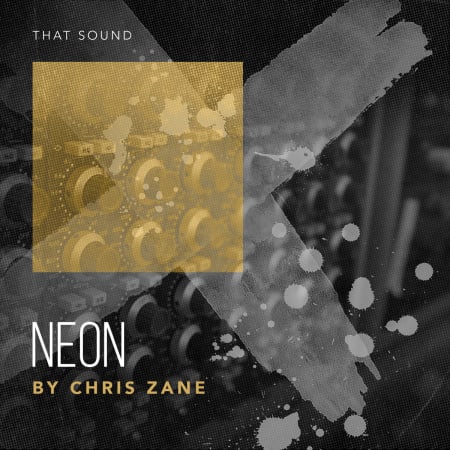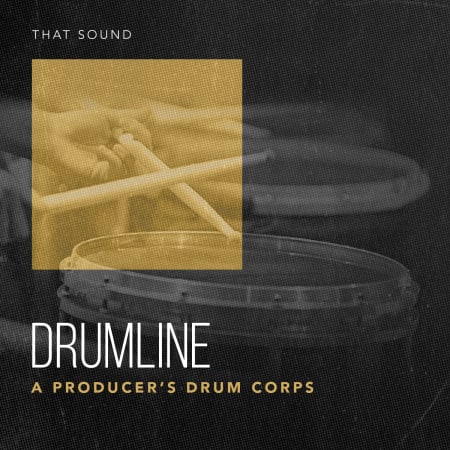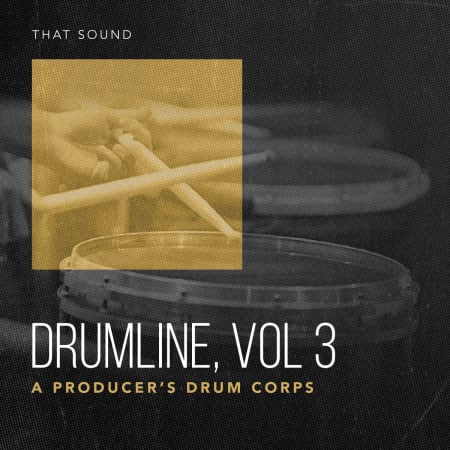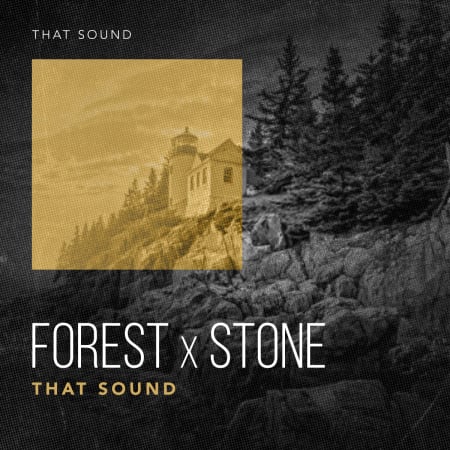Living in the percussion family of instruments, sleigh bells or jingle bells are a type of bell that produces a distinctive jingle sound. They're made from sheet metal bent into a spherical shape with a small ball bearing or short metal rod placed inside to create the jingle sound. They're typically used as a cheaper alternative to small 'classic' bells.
Centuries ago, sleigh bells were fastened to horses to signal the approach of someone important or to warn pedestrians of an approaching horse-drawn vehicle—like sleighs or carriages. Sleighs were unable to stop quickly enough so they needed a warning sound. William Barton opened the first US sleigh bell company in East Hampton, Connecticut in 1810. East Hampton eventually became known as “Belltown” because it produced so many bells.
Sleigh bells are rarely used to produce specific pitches. Mozart, however, prescribed this in the third of his Three German Dances K605. The song "Jingle Bells" (originally titled “One Horse Open Sleigh") is one of the most popular and most recorded songs on Earth. It was written in 1857 by James Lord Pierpont and was originally meant for Thanksgiving.
Sleigh bells were one of the first instruments played in space. In 1965, Gemini 6 astronauts Tom Stafford and Wally Schirra, smuggled bells and a harmonica onto their spacecraft and played "Jingle Bells" for mission control as a light-hearted holiday joke.
In old Pagan beliefs, jingle bells are used to ward off bad luck, diseases, and evil spirits. Today, some motorcyclists strap small bells to their handlebars to ward off road demons.
We hope creators use these traditional holiday instruments in non-traditional ways to make the holiday music they want to hear.












































